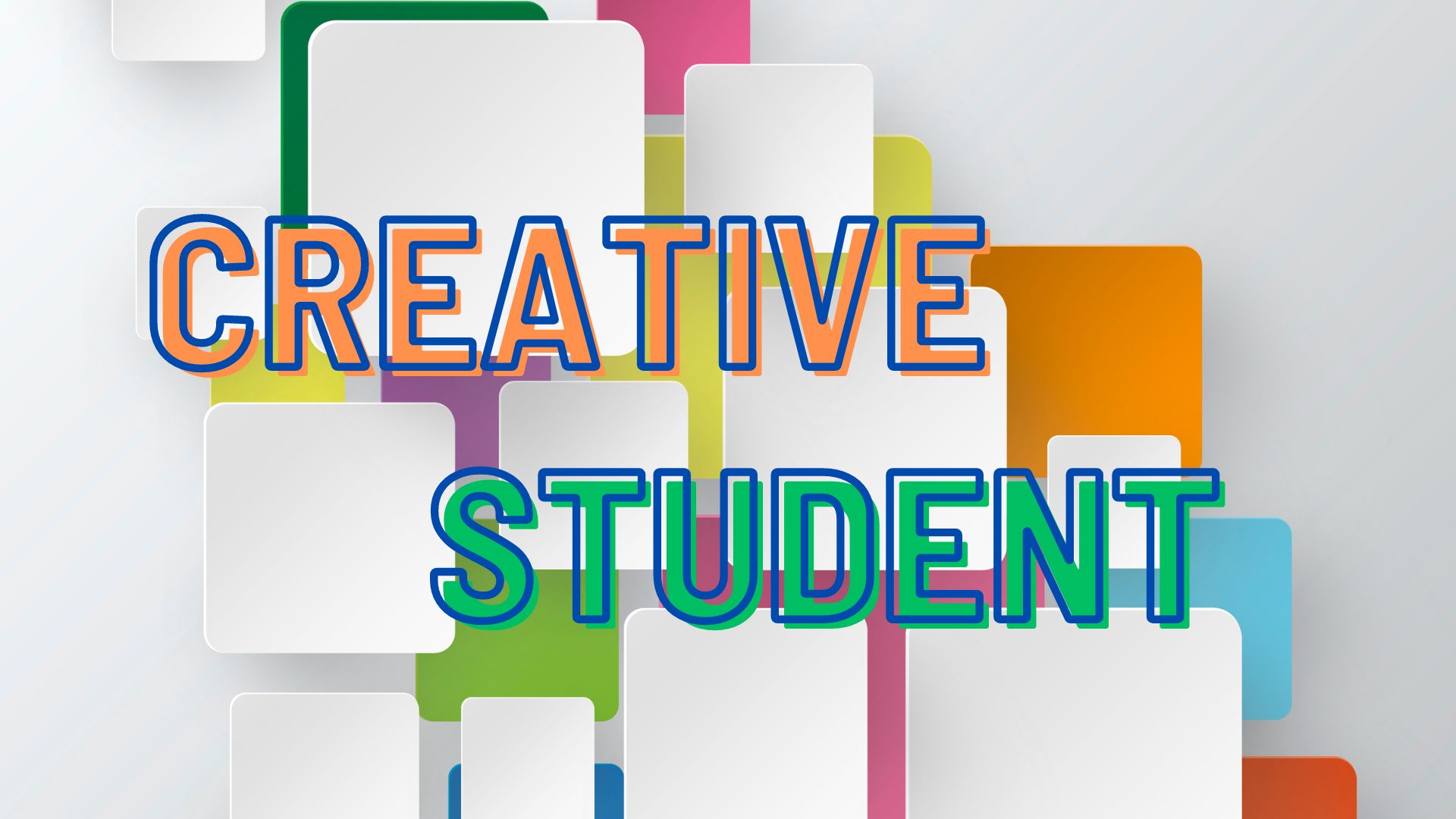
We believe that creativity is a key skill that all students should develop in order to succeed in today’s complex and rapidly changing world. Whether it’s solving a math problem, writing a story, or designing a project, creativity can help students think outside the box, come up with innovative solutions, and express themselves in unique ways.
In this blog post, we’ll explore the importance of creativity in education, and share some practical tips and examples on how to foster and develop students’ creative potential.
What is creativity?
Creativity is the ability to come up with new and unique ideas, or to combine existing ideas in novel and interesting ways. It’s different from imagination, which refers to the ability to create mental images or scenarios.
Creative people often possess a range of skills and attitudes, such as curiosity, flexibility, persistence, and a willingness to take risks. Creativity can be found in many different fields, from the arts and humanities to science, and engineering.
How do you identify a creative child?
Identifying a creative child can be a challenging task, as creativity can manifest in many different ways and may not always be obvious. However, there are some signs and behaviours that may indicate a child’s creative potential.
One common trait of creative children is their curiosity and eagerness to explore new ideas and experiences. They may ask a lot of questions, take things apart to see how they work, or come up with unusual solutions to problems.
Creative children may also have a vivid imagination and enjoy expressing themselves through art, music, writing, or other forms of creative expression. They may have a unique sense of humour, enjoy playing with language, or have an unusual perspective on things.
In addition, creative children may be comfortable with ambiguity and uncertainty, and may not be afraid to take risks or make mistakes in order to learn and grow. By recognizing and nurturing these traits, parents and teachers can help encourage and develop a child’s creative potential.
Methods to Develop Creative Thinking Skills in children
There are many effective methods and strategies that parents and teachers can use to develop creative thinking skills in children. One important approach is to provide children with a variety of stimulating and challenging experiences that encourage them to explore and experiment with different ideas and perspectives.
This might involve exposing children to new and diverse cultures, art forms, scientific concepts, and problem-solving scenarios. Another method is to encourage children to take risks and embrace failure as a natural part of the learning process.
This can help them develop resilience, perseverance, and a growth mindset, which are all important traits for creative thinking. Teachers and parents can also promote creative thinking by providing opportunities for collaboration and teamwork, as well as by valuing and celebrating diversity of ideas and opinions.
Finally, using open-ended questions and prompts can encourage children to think deeply and critically about a variety of topics and issues, which can help them develop their creativity and problem-solving skills.
By using these methods and strategies, parents and teachers can help children develop the creative thinking skills they need to succeed in school and beyond.
Why foster creative potential in students?
Encouraging creativity in students has many benefits, both for their personal development and for their future careers. Creative students tend to be better problem-solvers, more adaptable to change, and more comfortable with ambiguity and uncertainty.
They also tend to have higher levels of self-confidence and self-esteem, and to be more empathetic and socially aware. In addition, creativity is increasingly valued in the school, where innovation and original thinking are highly sought after.
Role and Importance of Creativity in Classroom
The role and importance of creativity in the classroom cannot be overstated. Creativity is a key component of student learning and development, and it is essential for preparing students for success in today’s rapidly changing world.
By fostering creativity in the classroom, teachers can help students develop a range of important skills, including critical thinking, problem-solving, communication, collaboration, and innovation.
One important way that creativity can be integrated into the classroom is by incorporating creative assignments and projects into the curriculum.
This might include art projects, creative writing assignments, multimedia presentations, and design challenges. By giving students the opportunity to engage in creative work, teachers can help them develop their imagination, express themselves more effectively, and gain a deeper understanding of the subject matter.
Another important role of creativity in the classroom is in promoting engagement and motivation among students. When students are able to express themselves creatively and engage with the material in a more personal way, They may develop a stronger sense of connection to their education and a greater desire to achieve success in their academic pursuits.
Conclusion
At Maadi Narmer School, we’re committed to fostering creativity in our students and helping them unleash their full potential. We believe that creativity is not just a nice-to-have skill, but an essential one for success and fulfilment in life.
By providing students with opportunities to explore their passions, experiment with different ideas, and collaborate with others, we’re preparing them to be the creative problem-solvers and innovators of the future.
We hope that this blog post has inspired you to encourage creativity in your own children or students, and to recognize the value of creativity in education and beyond.
